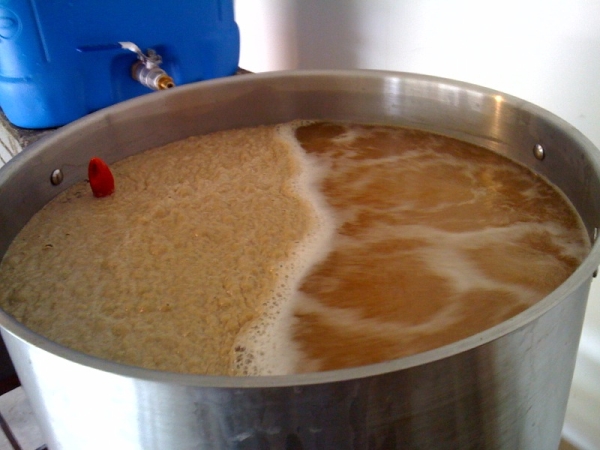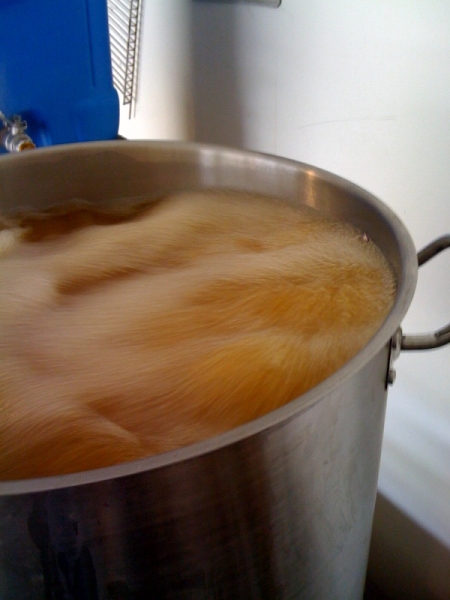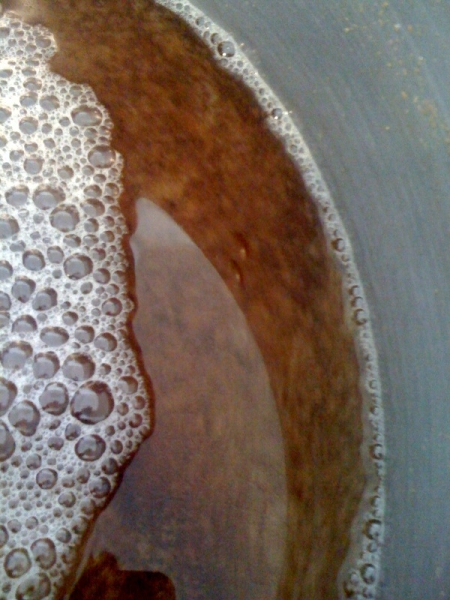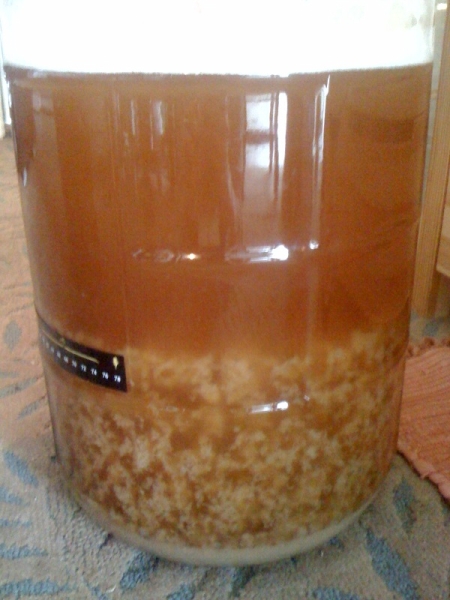I really appreciate your help. So what would you suggest in terms of getting a good hot break? I am thinking, based on the question posed above, that maybe I should recirculate the wort through the chiller and back into the kettle...maybe that would help the cold break?
I'm going to give whirlfloc a try.
My beers seem clear at room temperature...in the carboys and as I rack. I'm not using a ton of late hops in general, but I have.
Recirculation and whirlpooling should help you eliminate as much cold break into the fermenter as possible which I believe may be your problem. Use the recommended amount of whirlfloc/irish moss in the last 10 minutes of the boil and then whirlpool/recirculate while chilling. The majority of the proteins should coagulate and pile up in the middle of the kettle and if undisturbed should remain the kettle for the most part. I don't use gelatin or anything post brew session for clearing my beers and the lighter beers turn out crystal clear.







































![Craft A Brew - Safale S-04 Dry Yeast - Fermentis - English Ale Dry Yeast - For English and American Ales and Hard Apple Ciders - Ingredients for Home Brewing - Beer Making Supplies - [1 Pack]](https://m.media-amazon.com/images/I/41fVGNh6JfL._SL500_.jpg)


















 I don't know go figure.
I don't know go figure.



